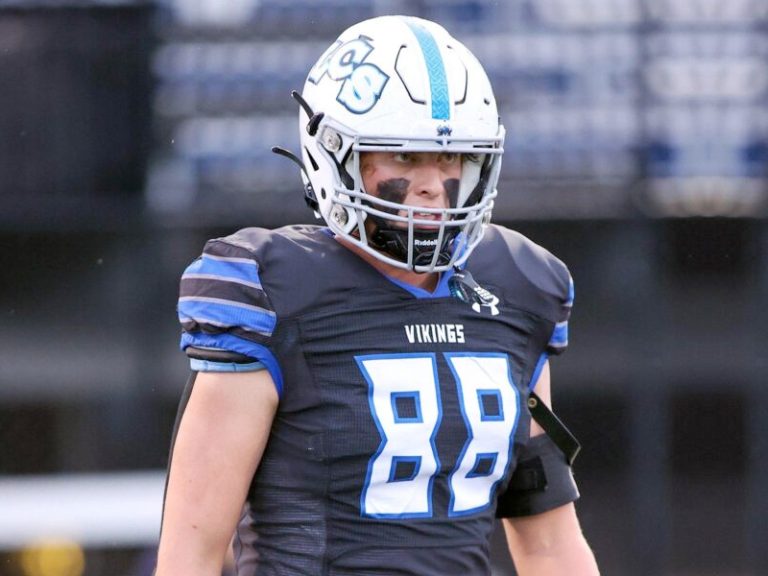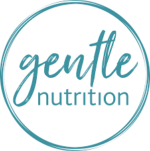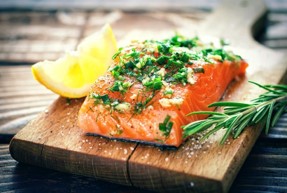
Nutrient Timing for Athletes: What to Eat and When to Eat it!
Nutrition before (and during) games can be confusing—but it doesn't have to be!


If you’re an athlete, your hormone levels are crucial to your performance and overall health! Imbalances in your hormone levels can negatively impact your recovery, short- and long-term performance, and mental health. Young athletes in a developmental growing phase should…


Amenorrhea & Athletes: 3 Tips For Females to Get Their Period Back Relative energy deficiency in sport (RED-S) is the consequence of low-energy availability (LEA) in athletes, adversely affecting an athletes’ performance and health. RED-S can occur in both…






